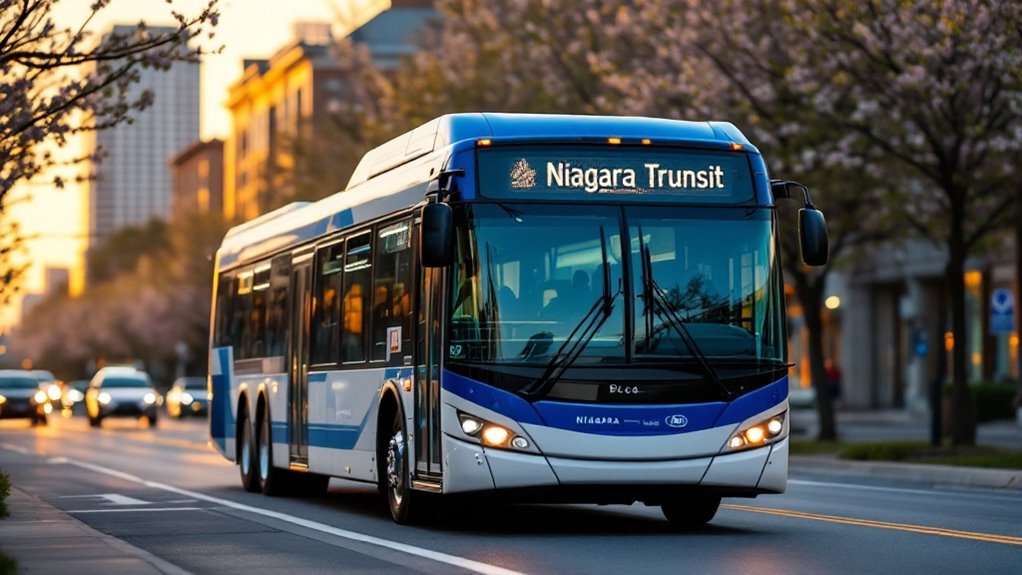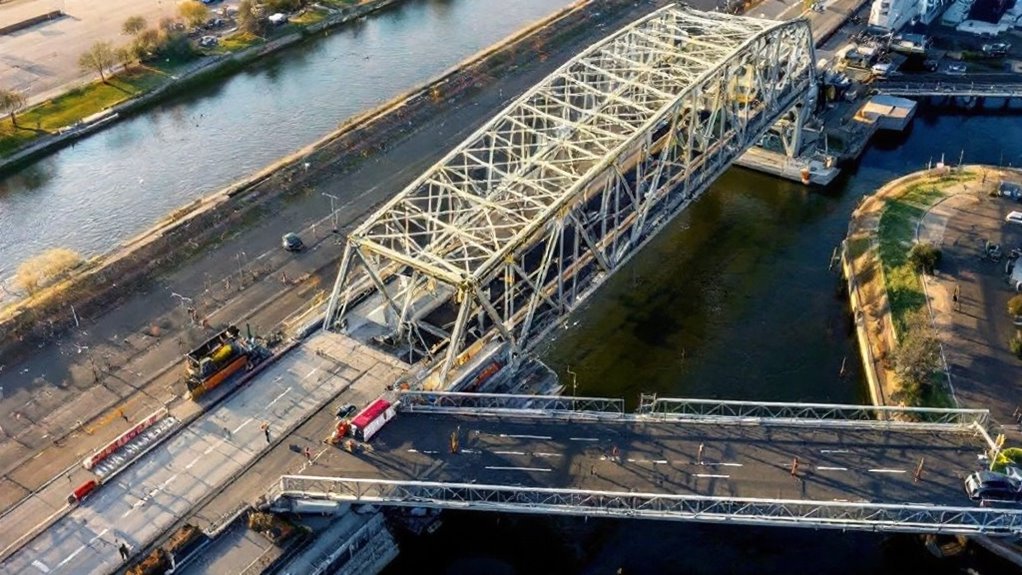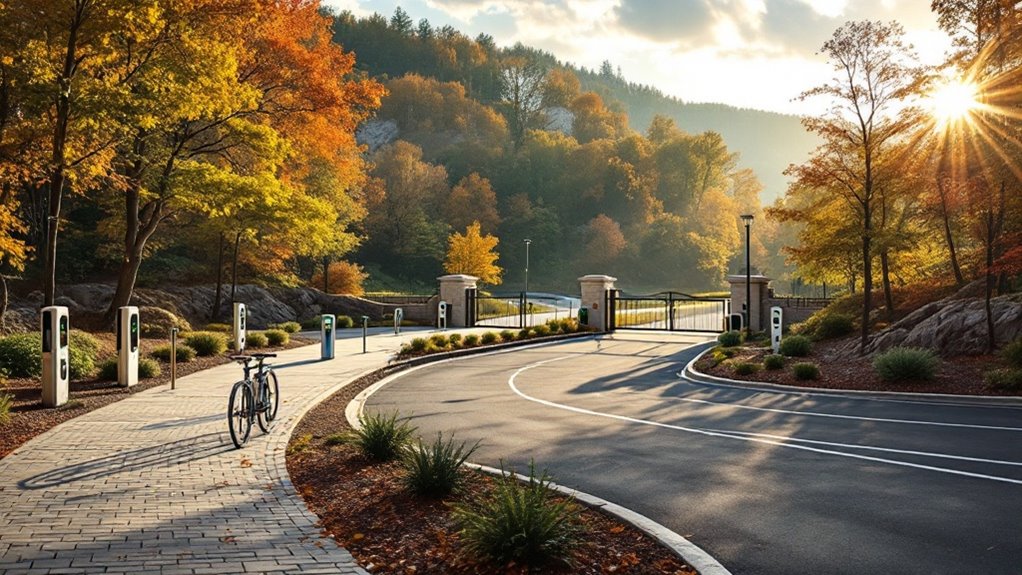While recovering from pandemic-era lows, transit ridership in Niagara Region has surged dramatically following the 2022 regional amalgamation. The system delivered 10.9 million rides across all services in 2024, representing an increase of over 80% since transit systems were combined two years earlier.
This growth stands in stark contrast to 2020, when conventional ridership plummeted to just 39% of pre-pandemic levels. Back then, the region recorded 8.7 million trips across all transit services. COVID-19 hit specialized transit particularly hard, with those trips decreasing 40% year-over-year due to safety restrictions.
The unification of regional transit in 2022 sparked the ridership jump. A brand consolidation in 2024 brought all municipal fleets under the Niagara Transit banner. The system expanded with microtransit launch in August 2020 and Port Colborne integration in 2021.
Performance metrics show the system achieved 83% on-time performance in 2024, exceeding the provincial average by 4 percentage points. Specialized transit performed even better with 90% on-time service despite pandemic challenges. A recent survey indicates that 90% of riders reported feeling safe while using Niagara Transit services.
The rapid growth hasn’t come without challenges. Ridership increases have outpaced funding, creating budget pressures from rising operational costs per trip. Officials now seek sustainable funding models to maintain service quality.
Fleet improvements continue with new conventional and specialized vehicles scheduled for delivery in 2025. The system reached 100% wheelchair accessibility across its conventional fleet by 2024. A three-day specialized operator training program covering accessibility protocols was implemented the same year.
Specialized services provided 356,000 rides in 2024, a significant increase from the 17,226 trips completed during 2020’s pandemic disruptions. That year, only 682 unique clients used specialized transit due to reduced capacity and availability.
Looking ahead, development charge studies have used conservative estimates for infrastructure planning, projecting 8.86 million annual trips by 2022. Population growth is expected to drive over 70% of ridership increases through 2031 as the system continues to evolve.
Expanding transit services reflects how Niagara is planning for both immediate needs and long-term growth. Reliable transportation options are essential for building connected, accessible communities. Learn more about regional infrastructure projects and mobility improvements on Marketplace Niagara.





